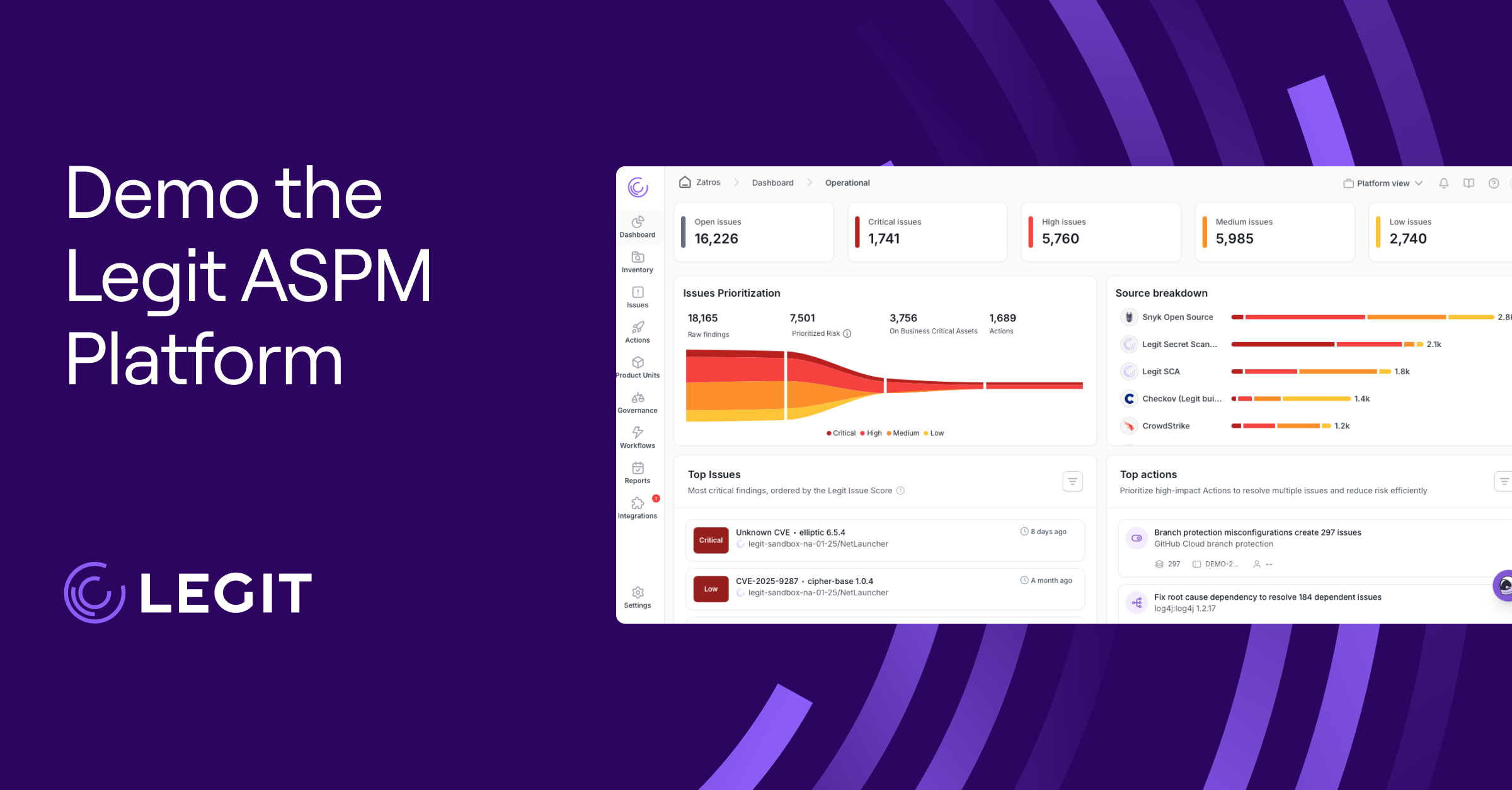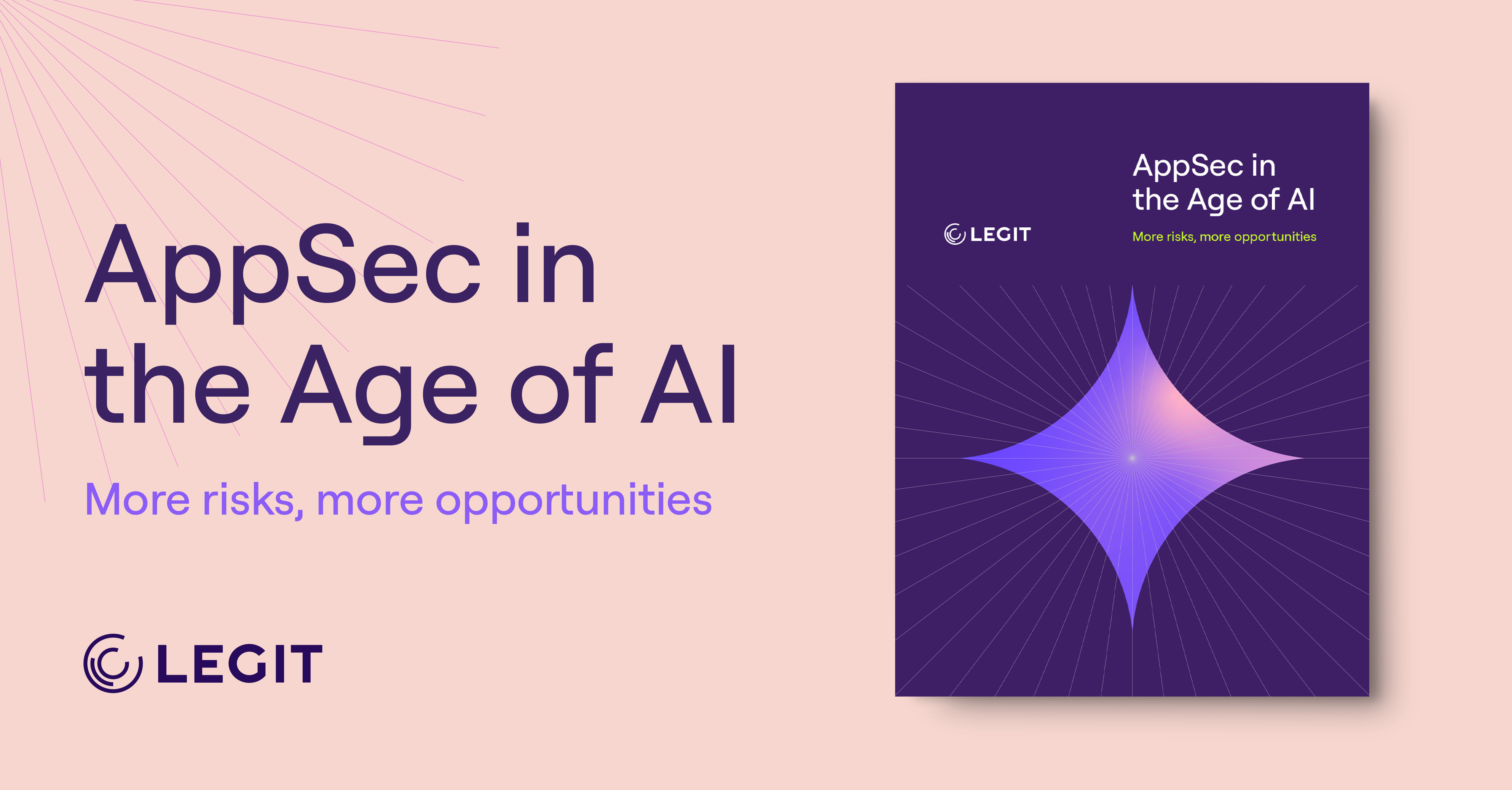As more businesses dive into AI, the stakes keep rising—think machine learning (ML) pipelines and AI-powered models all running at scale. Nowadays, keeping your assets secure is business-critical. That’s where AI Security Posture Management (AI-SPM) comes in. It’s the new approach for spotting risks and ensuring your AI adoption doesn’t turn into a security headache.
Let’s dive in and see how AI-SPM can keep your AI safe, scalable, and stress-free.
What Is AI-SPM?
ASPM is all about keeping your AI safe and sound as it becomes a bigger part of how your business operates. Automated decision tools come with their own risks and attack surfaces. AI-SPM steps in to give you full visibility into these systems, continuously monitoring their security and helping you spot and fix vulnerabilities before they turn into problems. From the containers running your models to the infrastructure training and deploying them, AI-SPM secures your operations at every step.
Find out how we are helping enterprises like yours secure AI-generated code.

4 Benefits of Data Security Posture Management for AI
When it comes to AI-SPM, the benefits go beyond just keeping systems secure. Let’s take a look at four key ways this approach delivers real business value.
1. Security Enhancement
AI-SPM anticipates threats to your system by constantly monitoring AI models, pipelines, and infrastructure. It flags any vulnerabilities to prevent breaches.
2. Risk Identification and Remediation
Beyond spotting vulnerabilities, AI-SPM maps your full AI supply chain, including data sources and libraries. It targets high-priority risks and guides remediation, helping teams understand where the real risks lie and address issues early.
3. AI Innovation Acceleration
With AI-SPM handling security in the background, teams can experiment, deploy, and scale AI faster. Real-time monitoring and proactive risk management mean developers can focus on building features and services without worrying about introducing weak spots.
3 Features of AI-SPM
AI-SPM is packed with capabilities designed to give teams visibility and confidence over their AI systems. Here’s a breakdown of the three top functions.
1. Runtime Detection
By monitoring AI models in action, AI-SPM detects abnormal activity, unauthorized access attempts, and misuse. It also scans outputs and logs each to catch potential data exposure instantly.
2. Governance and Compliance
AI-SPM enforces policies and maintains audit trails with regulations like the National Institute of Standards and Technology Artificial Intelligence Risk Management Framework (NIST AI RMF) and the General Data Protection Regulation (GDPR). It tracks approval and access across human and machine identities, supporting responsible AI deployment.
3. Data Governance
AI-APM helps enforce strong governance over the data feeding AI models. It identifies sensitive and regulated data in training and grounding datasets, ensuring outputs and model interactions don’t expose it. This keeps deployments safe, compliant, and responsible.
AI-SPM vs. Other Security Postures
Most security approaches focus on individual layers, but AI-SPM gives you end-to-end protection. Here’s how it stacks up against other security postures.
AI-SPM vs. ASPM
ASPM looks at the security of your customer applications, ensuring they meet standards and stay compliant. AI-SPM goes further by addressing AI-specific risks. It constantly monitors pipelines and runtime environments, catching vulnerabilities unique to AI systems and their workflows. Essentially, AI-ASPM is like ASPM—but tuned for the quirks of AI-driven development.
AI-SPM vs. CSPM
Cloud Security Posture Management (CSPM) focuses on cloud environments, helping teams spot misconfigurations and potential compliance violations at the platform and infrastructure level. AI-SPM monitors the cloud responses your models use. It tracks how teams train, deploy, and interact with algorithms, while managing AI-specific security risks—something CSPM alone can’t cover.
AI-SPM vs. DSPM
Data Security Posture Management (DSPM) acts as a watchdog over where your data lives, who accesses it, and how teams protect it. AI-SPM builds on that by connecting data governance directly to AI workflows. It keeps sensitive and regulated data secure while monitoring the AI operations that use it. Simply put, AI-SPM combines DSPM’s oversight with AI-aware protection for outputs.
Legit ASPM: Built for AI-First Software Security
Legit ASPM protects AI-driven development from start to finish, giving teams the tools they need to secure workflows without slowing down innovation. It embeds security directly into AI-first pipelines and code assistants, helping developers and security teams collaborate smoothly.
Our native ASPI platform monitors infrastructure in real-time, spots risks before they become problems, and ensures AI systems stay compliant.
FAQ
What is SPM in AI?
SPM stands for Security Posture Management. When it comes to AI, it means keeping track of all your AI systems, models, and workflows to make sure they’re secure and running safely. Essentially, it’s like having a security dashboard for everything AI-related in your organization, so you can see weak spots and fix them before they cause trouble.
What is Security Posture in Cybersecurity?
At its core, security posture is how strong and prepared an organization’s defenses are. It looks at everything—tools, policies, and processes—to see how well you’re guarding against threats. A good security posture means you’re monitoring for risks and keeping your data safe.
How Can Companies Use AI for Security?
AI can help protect systems in a few smart ways. It can watch for unusual activity, flag suspicious behavior, and even help predict where attacks might happen. Think of AI as a hyper-aware security guard that never sleeps and can process a lot of data faster than any human could.
What is an AI-Based Learning Management System (LMS)?
An AI-based LMS is a digital platform that uses AI to make learning smarter and more personalized. It can recommend courses, track progress, and identify knowledge gaps. Essentially, it helps learners get the right content at the right time—and helps educators manage training more efficiently.
Download our new whitepaper.

